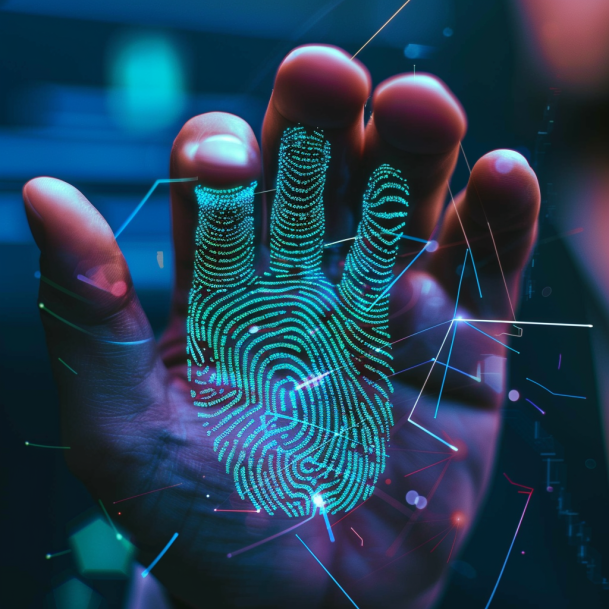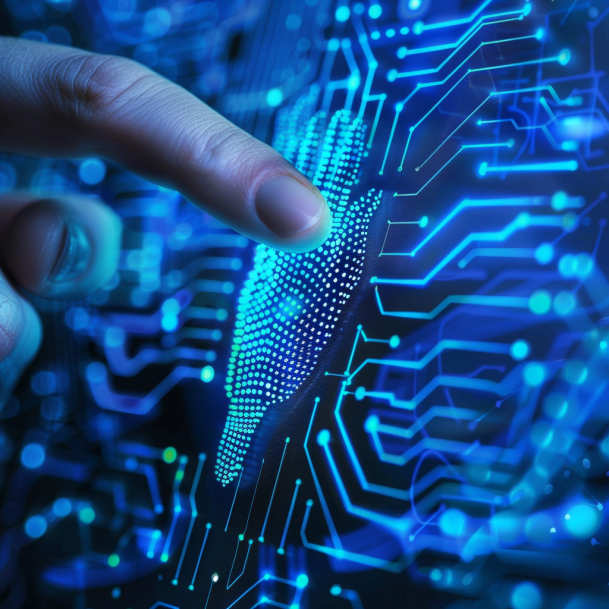Implementing a biometric voting system and biometric voter registration is a significant step towards modernizing the electoral process and combating voter fraud. These technologies, when integrated with comprehensive election services solutions, can significantly enhance the integrity, security, and efficiency of elections. Here’s an expanded look at how these systems work and their benefits:

In-depth Data Collection: The process begins with collecting detailed biometric data from individuals at the time of voter registration. This could include fingerprints, facial recognition data, and iris scans. The uniqueness of this data makes it an effective tool against fraudulent registrations.
Advanced Biometric Database Software Management: Once collected, the biometric data is stored in highly secure, encrypted databases. Sophisticated algorithms are used to cross-reference new registrations with existing records, ensuring no individual is registered more than once. This step is crucial in maintaining a clean voter roll, free from duplicates and ghost entries.
Integration with National Databases: To further enhance the accuracy of voter registration, biometric systems can be integrated with national identification databases. This integration allows for real-time verification of an individual’s identity and eligibility to vote, reducing the risk of identity theft and fraudulent registrations.

Biometric Authentication at Voting Booths: On election day, voters authenticate their identity at polling stations using their biometric data. This process ensures that the person casting the vote is the same individual who was registered, effectively eliminating impersonation fraud.
Encrypted Voting Records: Votes cast through biometric voting machines are encrypted and securely stored. This encryption makes it nearly impossible for hackers to tamper with votes, ensuring the integrity of the election results.
Audit Trails: Biometric voting system creates detailed audit trails, documenting each step of the voting process. These trails are invaluable for post-election audits, providing a transparent and verifiable record of the election’s integrity.
Navigating Legal and Ethical Challenges
Upholding Privacy: The collection and use of biometric data raise significant privacy concerns. It’s essential that these systems are designed with privacy in mind, using data minimization principles and ensuring data is only used for electoral purposes.
Transparent Legal Frameworks: Clear, transparent legal frameworks are necessary to govern the use of biometric data in elections. These laws should outline how data is collected, stored, used, and protected, providing reassurances to the public about their privacy and the security of their data.
The implementation of biometric voting systems and voter registration represents a forward leap in securing elections from fraud. By leveraging the unique identifiers inherent to each individual, these systems offer a robust solution to ensure that each vote cast is legitimate, and each voter is who they claim to be. However, the success of these technologies hinges on their responsible implementation, ongoing adaptation to new security threats, and the establishment of legal frameworks that protect voters’ privacy and rights. With these considerations in mind, biometric technologies can play a pivotal role in modernizing electoral processes and restoring public trust in democratic institutions.